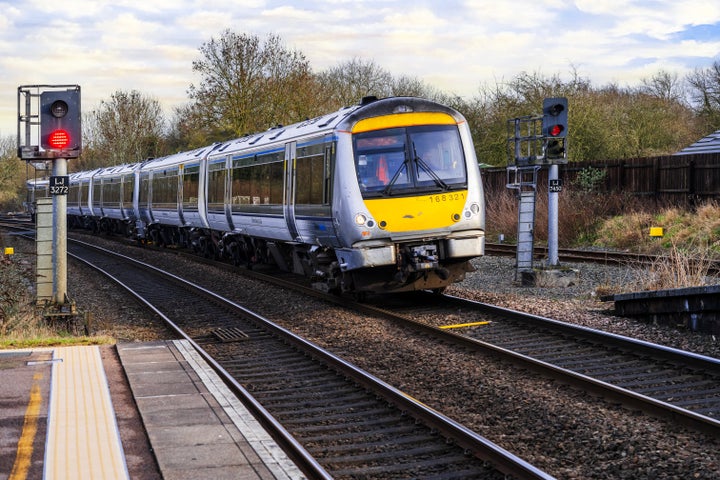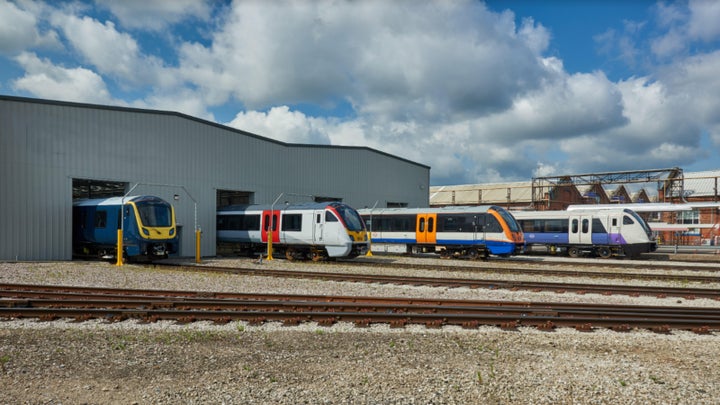
If you’ve ever felt like your life is a little too settled, spare a thought for the humble train, which after all rarely leaves the predetermined path it gets placed on.
But how do newly built trains get onto the tracks to begin with?
I mean, they can weigh hundreds of tonnes, and some trains like the Eurostar are 394m long. Their sort-of-conical wheels aren’t exactly suitable for roads, either.
So, I thought I’d ask Ben Goodwin, the UK and Ireland’s communications director for Alstom (a multinational rolling stock manufacturer) about how it all works. Here’s what I found:
Most trains are basically built onto the tracks
Goodwin explained that Alstom’s train-building site, which has been running at Derby Litchurch Lane since 1876, is “connected to the main line.”
“All our trains are built to British standard gauge. Therefore, once they roll off the production line and are tested on-site, they can be transferred straight onto the UK rail network,” he explained.

Of course, the company has to move the carriages around their site before they can put them on the rails. In this case, they sometimes rely on large vehicles to get the carriages moving.
“Alstom only builds electric trains yet our site is not fully electrified, so we have a fleet of road-rail vehicles (RRVs) to move our trains across the site (as well as our trusty traversers) and we employ diesels to move our trains to customers across the UK,” Goodwin explained.
In other words, most train manufacturers are placed right on the line ― they roll the stock straight onto the tracks when they’re ready, and sometimes transport the carriage within the factory using huge machines.
There are exceptions, though
Not every train track is connected to the main rail network, however. In those cases, Goodwin explained that trains can be transported by huge lorries (yes, really).
“The only exception to [rolling the stock straight onto the line] was stock we built for the Victoria line on the London Underground,” Goodwin shared.
“It is not connected to the main network, so they had to be transported by lorry to London and then lowered onto the tracks by crane. Likewise, the recent monorail [Alstom] built for Cairo was dispatched via lorry and then ship.”
So there we have it ― most of the time, trains are rolled straight onto the tracks. But for older, harder-to-reach lines, sometimes they’re delivered by lorry and then dropped onto the lines via crane ― as is the case with the Vicky line.
The more you know, right?